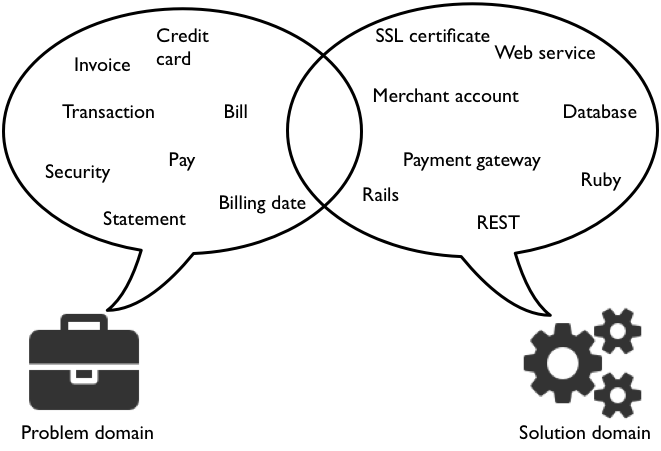I regularly find myself explaining to people the difference between TDD (Test-Driven Development) and BDD (Behaviour-Driven Development). There still seems to be a lot of confusion over this, so I wanted to write this up for reference.
Late last year I was interviewed for a virtual panel on InfoQ along with Dan, Gojko, and Liz. Probably the most interesting part of that conversation covered the difference between TDD and BDD. Or rather the lack of any great difference.
We’ll start with some snippets from that discussion.
Both TDD and BDD include acceptance testing
One common misconception is that TDD is what you do when you’re unit-testing, and BDD is what you do when you’re writing customer-facing acceptance tests. Here’s Dan North on that point:
TDD – as originally described – is also about the behaviour of entire systems.
Kent [Beck] specifically describes it as operating on multiple levels of abstraction, not just
“down in the code”. BDD is equally important in this space, because describing the
behaviour of systems is fractal: you can describe different granularities of behaviour
from the entire application right down to individual small components, classes or
functions.
Extreme Programming has always talked about writing acceptance tests, sometimes also called functional tests to describe what the customer expects to be done at the end of an iteration.
So this is nothing new. What’s new is how we explain it, and therefore how successful teams end up being in making it work for them.
BDD describes TDD done well
When Dan was working as a coach teaching TDD, he found that it was easier to get people to understand the principles of TDD if he stopped using the word ‘test’:
My experiences as a coach told me people were missing the point, with all this talk
of unit tests, acceptance tests, functional tests, integration tests… Kent Beck’s
style of TDD is a very smart way to develop software, so I tried removing the word
“test” when I was coaching it, replacing it with things like behaviour, examples,
scenarios etc. The result was very encouraging: People seemed to “get” TDD much
quicker when I avoided referring to testing.
When Aslak and I wrote the Cucumber Book, I wrote this description of BDD:
BDD builds upon TDD by formalising the good habits of the best TDD practitioners.
That’s basically all there is to it. We want to re-explain TDD in a way that highlights the habits that successful TDD practitioners having been using for over a decade.
So what are those good habits?
Specifically, I think those good habits are:
- Working outside-in, starting from a business or organisational goal
- Using examples to clarify requirements
- Developing and using a ubiquitous language
Working outside-in seems obvious to habitual TDD practitioners, but many teams seem to limit themselves to doing this at the level of small units of code. Business-level black-box testing is still done manually, or automated as a check after the code has already been implemented.
This misses out of the major benefit of working outside-in, which is having the requirement challenged: if you need to explain to a computer how to check the requirement, you’ll need to be damn sure understand it yourself. If you don’t (and you often don’t) it’s much cheaper to find that out before you write the code.
Examples have always been a great way to make sure you really understand a requirement. What BDD does is formalise this by encouraging you to use scenarios to describe behaviour. These examples provide the perfect bridge between the business-facing and technology-facing sides of a team: they’re just formal enough that you can get a computer to check them, but anyone on the team can read them and make sure they’re describing behaviour that they actually want.
The GOOS Book, written by two of the best TDD practitioners in the business, frequently highlights the importance of domain language in our programs. In software teams, communication is probably the biggest overhead you have, and you make that communication a lot harder when you allow different dialects of terminology to be used by different parts of the team. Developing and then sticking to a consistent language takes deliberate effort, but it’s something that the best TDD practitioners have long learned will give them a significant advantage.
My experience is that BDD’s emphasis on collaboration, and the use of business-readable, executable specifications, means that this shared language develops much more quickly. When everyone is involved in writing documentation that describes what the system should do, they all get a chance to learn the language of the domain together.
So BDD really isn’t all that different to TDD. What BDD adds is a clear emphasis on what it takes to make TDD succeed.


